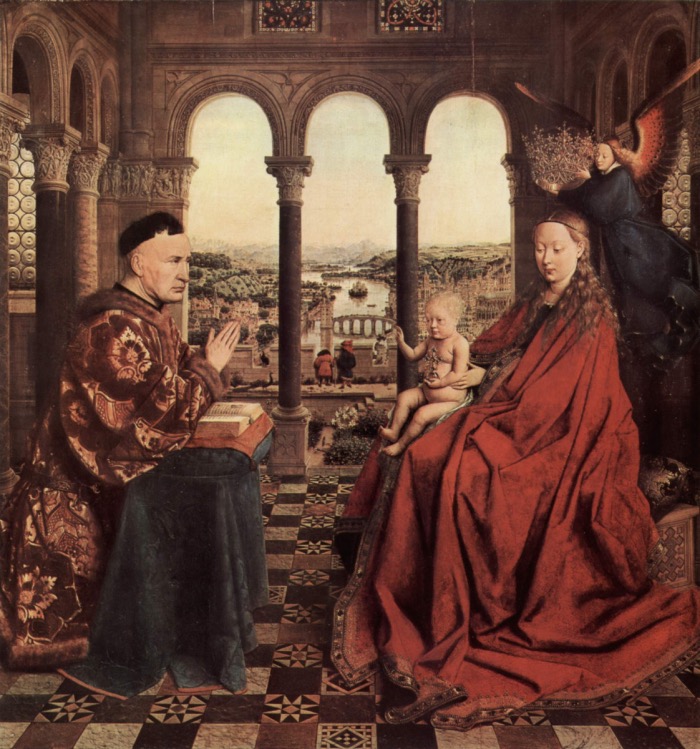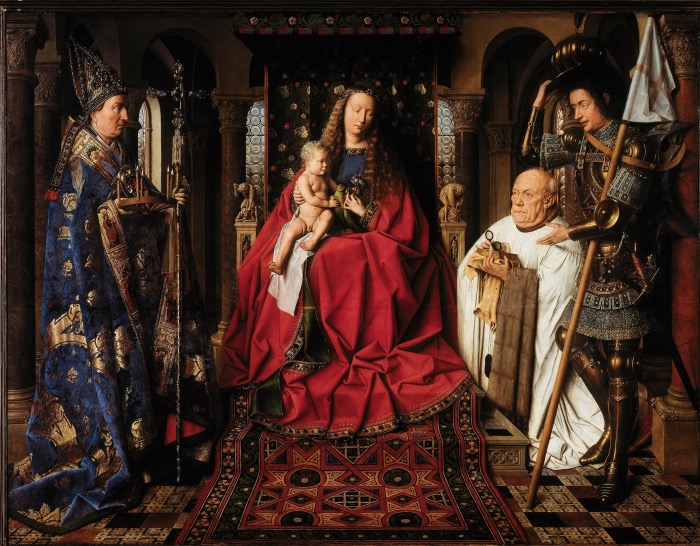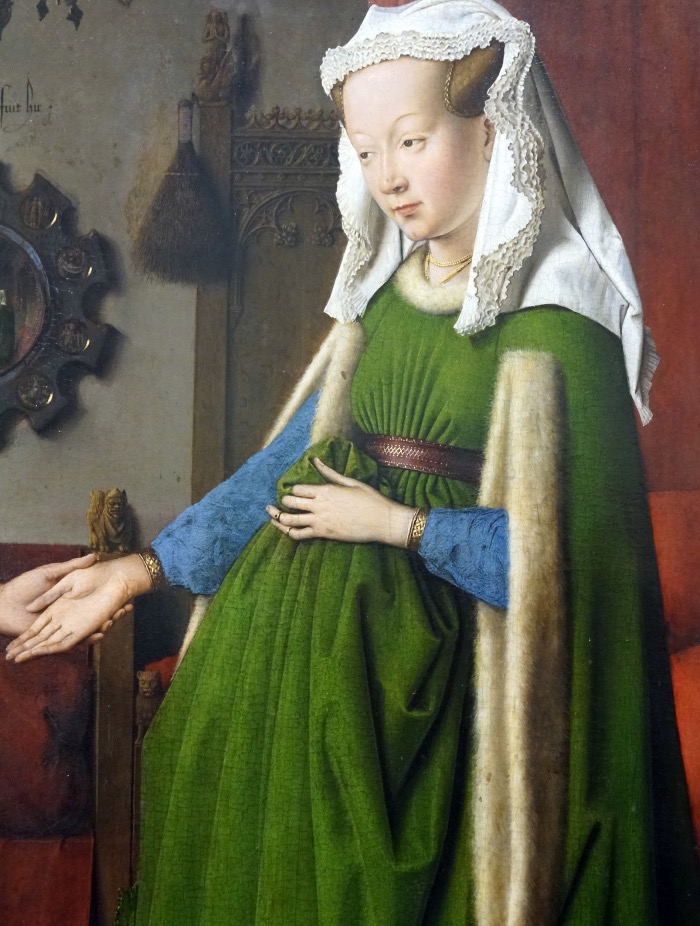Flemish painting and the conquest of reality

FLEMISH PAINTING AND THE CONQUEST OF REALITY
There is a moment in the history of art when something extraordinary happens.
It is that moment when we pass from the Middle Ages into the Renaissance, that phase in which Flemish painting begins to describe reality.
When did this epochal transition occur? Who was the first to realise that art should not only describe the sacred, but could show the real world?
The answers to these questions can be found in this post written by Adele Pelazza.
the conquest of reality

THE CONQUEST OF REALITY
The idea of a renaissance in the early 15th century began in Italy with the great architects and sculptors, but it was the innovative painter Jan van Eyck who took over the ultimate conquest of reality. Linked to the court of the Dukes of Burgundy, he worked mainly in the south of the Netherlands, present-day Belgium.
The painter’s main work is the Ghent polyptych finished in 1432, in the decade that Masaccio and Donatello completed their works in Italy.
Despite their obvious differences, there are many similarities between this altarpiece painted for a church in faraway Flanders and Masaccio’s fresco painted for the Church of S. Maria Novella in Florence.
Both show the patrons at the base, the vision of Christ at the top; in Masaccio’s case, the composition of the figures is simpler, in the Flemish polyptych a crowd of figures, also due to the considerable size of the altarpiece open on weekdays with all its splendid colours, and closed on holidays with a more sober appearance.
But the substantial difference with the Italian Renaissance is the patience and skill with which he studied and painted the lustre of the precious brocades worn by the musician angels and the brilliance of the jewellery.
VAN EYCK AND OIL PAINTING
The altar, of great artistic preciousness, with pleasing figures and delicate details drawn from observation of reality, offers a real feast for the eye, all in a real landscape. In order to reflect reality in every detail, Van Eyck had to improve his painting technique: he invented oil painting.
He simply devised a new recipe for preparing colours.
Painters of that time did not buy colours, but extracted their colours from coloured plants and minerals.
In the Middle Ages, the liquid element was mostly an egg, which, as a disadvantage, dried out rather quickly, the current tempera paint.
Van Eyck was dissatisfied with this formula, because it did not allow him gradual transitions of tone and a wide range of nuances, he used oil with which he could work more slowly and precisely, he could make use of brilliant colours and thus achieve miracles of exactitude, which amazed all his contemporaries so much that they all adopted oil painting.

REALITY IN FLEMISH ART
The new discoveries thus made in Flanders at the beginning of the 15th century caused a revolution in art throughout Europe.
Painters and patrons thus joyfully discovered that art did not only have to serve as a moving narrative of sacred history, but that it could reflect a fragment of the real world.
Perhaps the most immediate result of this great artistic revolution was that artists in all countries started experimenting and searching for new and surprising effects.
That spirit of adventure that took possession of 15th century art marks the real break with the Middle Ages.
The artistic language therefore began to take on various types and modes that over time intersected with each other and broke with the previous art that had developed in a similar way. From here begins the opening for art on several levels that, despite the diversity of styles, techniques and different ways of approaching and representing reality, is recognised by artists, patrons and art lovers as a great step towards the conquest of new and free forms of expression: from tradition to renewal.
This post was written by Adele Pelazza.
Follow me on:
About me
In this blog, I don't explain the history of art — I tell the stories that art itself tells.


